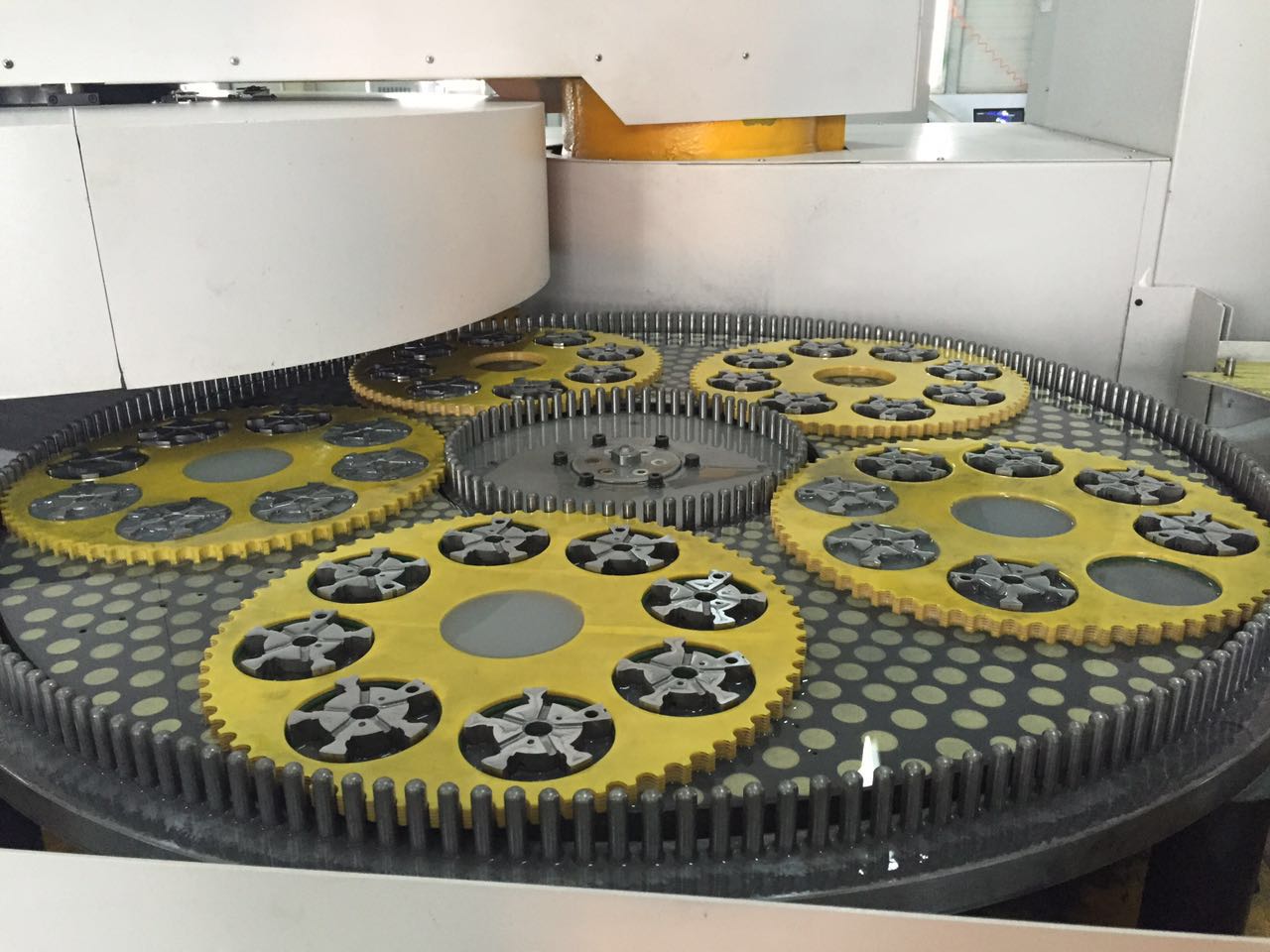1 Introduction
Caledade is a large-scale, mining, selection and smelting joint venture operated by the Mexican Copper Company.
The mine is located 22km southeast of Nasari town in the state of Sonora, 265km northeast of the state capital of Emersono.
Caledade was a new mine that was completed and put into operation in June 1979. 1983 annual output of molybdenum metal volume of 4585t.
2. Deposits, ores and mining
Caledade is a porphyry copper-molybdenum deposit that is placed on top of a steep mountain peak at an altitude of 1822 m.
The ore reserves of the deposit are determined by computer. The average grade is 0.4% Cu, 0.038% Mo, waste rock: ore = 0.42:1, the ore reserve is 1274Mt. For open-pit mining, the average grade is 0.67% Cu, 0.02% Mo, and the cut-off grade is 0.3% Cu. Waste rock: When the ore is 0.64:1, the recoverable reserves are 594 Mt. The amount of molybdenum metal recoverable is 144kt.
Metal ore minerals are mainly pyrite, chalcocite, and contain small amounts of molybdenite, galena, sphalerite, chalcopyrite. The main valuable mineral is the chalcopyrite. Open pit mining. In 1979, the capacity of mining and selection was 72kt/d, and the existing production capacity was expanded by 90kt/d.
3. Beneficiation process
(1) Crushing: three sections and one closed circuit process, coarsely crushed in the mine, two sets of 1.52×2.29m driven by 375kw electric motor, and the AC type gyratory crusher is broken to 90%-165mm. After sieving, the -16mm powdered mine bin, 6 sets of medium crusher on the sieve, and the -330mm nugget is broken to -38mm. After sieving, the coarse-grained grade is sent to 10 crushers to break to 70%-12.7mm.
Grinding-grading: consisting of 12 series, each series consists of a ¢5.0×7.3m ball mill and four cyclones closed to form a closed-circuit grinding. The ore size is 94%-12.7mm, the product fineness is 60%-200 mesh, and the ore processing capacity is 90kt/d.
(2) Copper-molybdenum mixed flotation: consists of 10 parallel systems. After a coarse sweep, the coarse concentrate is re-milled through 4 ¢3.8×7.17m ball mills and then selected. The coarse and sweeping machine uses a large OK-38 (38m 3 ) flotation machine. The ore grade is 0.6%~0.8%Cu, 0.02%~0.04% Mo, the concentration is 18%~20%, and the fineness is 60%-200 mesh. A typical analysis of the mixed concentrate grade is 33% Cu, 0.53% copper oxide, 0.64% Mo, 23.0% Fe, 9.0% insolubles, 150 g/t Ag, and a particle size of 65%-325 mesh.
(3) Copper-molybdenum sorting: (The process flow is shown in the figure below) The mixed concentrate usually contains 0.9~1.0% of molybdenum. Since the dissociation of molybdenum monomer in the mixed concentrate is very good, there is no need to re-grind during sorting.

Figure Karidad copper-molybdenum separation process
[next]
Semi-industrial tests have shown that the use of high-energy scrubbers and wetting agents, using less sodium ferrocyanide, can effectively inhibit copper and iron minerals in a range of pH. After it was put into production in 1982, it was found that humectants often produced uncontrollable foams, and high-energy scrubbing did not bring benefits, so the current process was discontinued. At present, the main inhibitor for the separation of coarse selection, fine 1, fine 2 addition is sodium ferrocyanide, and the zinc cyanide complex is used in the final selection stage.
3 sets of ore concentrating machines, one set of loading, one set of aging, one set of discharging, and a slurry of 24h. Aging and circulation can ensure the uniformity of the feed. In addition, the PH value is reduced in the aging inflation, which can better inhibit the copper-iron minerals.
The copper-molybdenum mixed concentrate was selected by a fine sweep of eight times to obtain a final concentrate containing 58.4% of molybdenum. When the flotation molybdenum concentrate is concentrated, if the copper content exceeds the standard, it can enter the leaching tank and leaching for 2 hours per liter of 1kg Cu ​​plus 1kg NaCN to remove 35% Cu.
4. Pharmacy system
The pharmaceutical system is listed in Tables 1 and 2.
Table 1 Copper-molybdenum mixed flotation reagent system
Pharmacy name | Dosage (g/t) |
Black medicine 238 | 1.2 |
Amyl potassium xanthate | 6.9 |
MIBC | 22.8 |
CO1065 | 19.1 |
Lime milk | 1670 |
Flocculant | 1.0 |
Table 2 Copper-molybdenum sorting agent system
Drug | Consumption (g/t) | Distribution |
Sodium ferrocyanide | 742 | 50% rough selection, 1 25% fine, 25% fine |
Zinc sulfate | 86 | Fine 3 33%, fine 6 67% |
Sodium cyanide | 149 | Fine 2 26%, fine 6 51%, leaching 24% |
Fuel oil | 62 | Fine 1 100% |
Sulfuric acid | 525 | Rough selection 100% |
5, production indicators
The ore grade is 0.6%~0.8%Cu, 0.02%~0.04%Mo, the grinding fineness is 60%-200 mesh, the treatment volume is 90kt/d; the mixed concentrate grade is 33%Cu, 0.9%~1.0%Mo, the particle size is 65%. -325 mesh; copper concentrate grade 33% Cu, 0.318% Mo, copper recovery rate 84.12%; molybdenum concentrate grade 56.4% Mo, 0.38 % Cu, 0.35% Fe, 30g / t Ag, molybdenum recovery rate 57.8%.
Application:
Parts Carrier Plate specially used for Grinding and polishing of monocrystalline silicon sheet, ceramics, optical glass, crystal, gallium arsenide, sapphire, quartz chips, etc
Xinxiang SKF Machinery Co., Ltd. carrier plate not only matched in domestic grinding machines but also matached in machines made in Germany, Russian, South korean, and Japan.
Sizes: 4B.6B.7B. 9B. 12B. 13B. 16B.20B.22B. Accept other customized sizes.
Parts carrier

Parts Carrier Plate
Parts Carrier Plate,Steel Carrier For Grinding,Epoxy Board Carrier,Epoxy Board Thick Carriers
Xinxiang SKF machinery Co., Ltd. , https://www.grindingmachine.nl